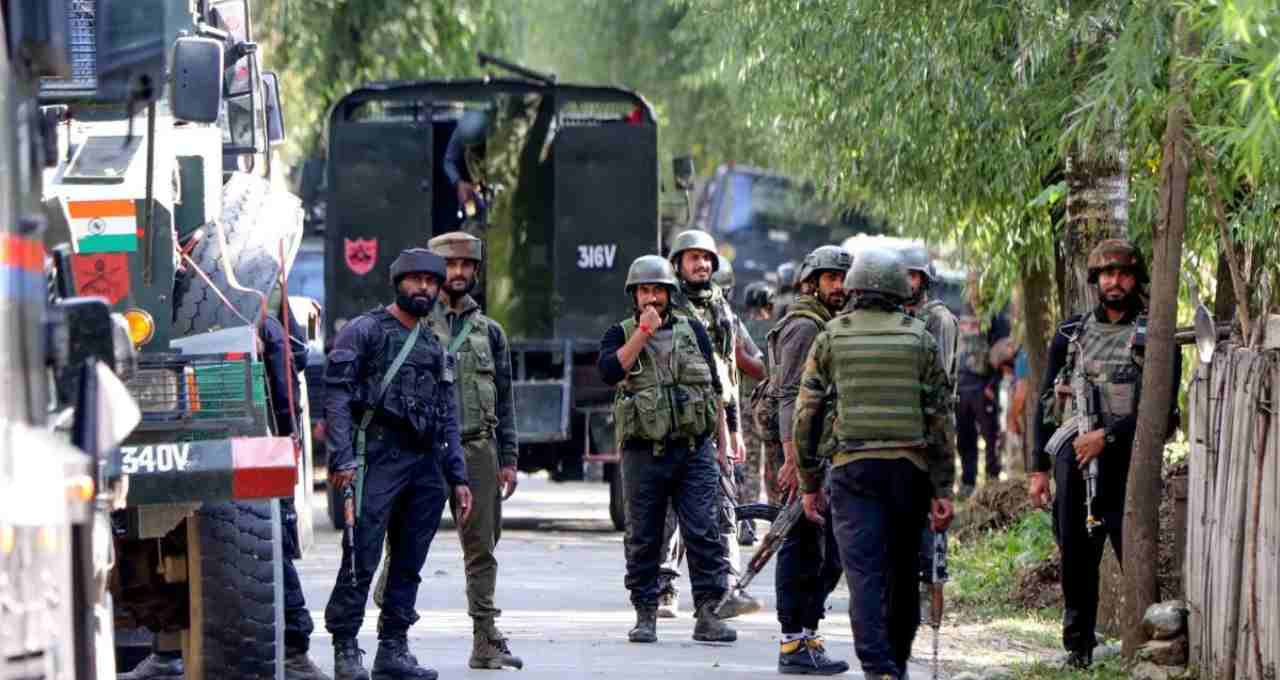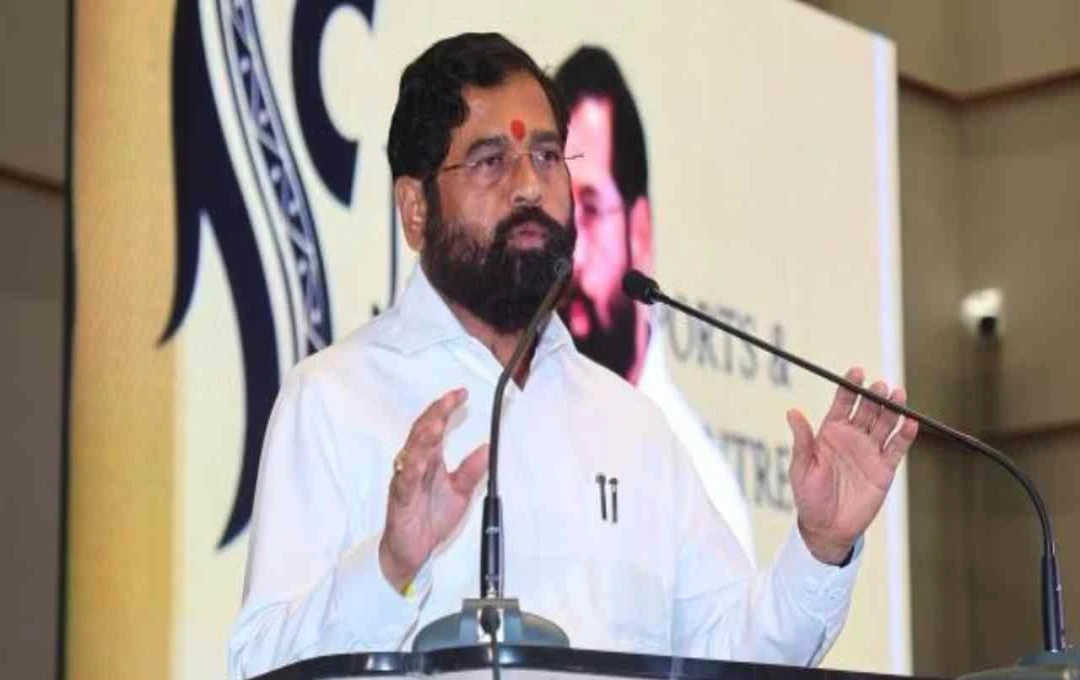In response to Operation Sindur, India launched a highly precise and effective cross-border operation utilizing entirely indigenous technology. As a result, the government is now considering a ₹50,000 crore increase in the defense budget. This move will be crucial in boosting the nation's military self-reliance and strengthening the 'Make in India' initiative.
Following Operation Sindur, the Indian government is considering a ₹50,000 crore increase in the defense budget. This additional amount will be allocated through a supplementary budget, taking the total defense budget for fiscal year 2025-26 to over ₹7 lakh crore. In the Union Budget presented on February 1, 2025, Finance Minister Nirmala Sitharaman had allocated a defense budget of ₹6.81 lakh crore, approximately 9.2% higher than the ₹6.22 lakh crore allocated in the previous fiscal year 2024-25.
Proposal for Defense Budget Increase to be Presented in Parliament

According to media reports, if the government approves the additional ₹50,000 crore increase, the funds will be used for research and development in the defense sector, procurement of weapons, ammunition, and other essential military equipment. The government will introduce a proposal in Parliament during the winter session to secure approval for this additional funding. Under Prime Minister Narendra Modi's leadership since 2014, the defense sector has received significant attention. At that time, the defense ministry's budget was ₹2.29 lakh crore, which has now more than tripled.
Precise Response to Pakistan-backed Terrorists

On April 22, the Lashkar-e-Taiba's terrorist affiliate, The Resistance Front (TRF), brutally murdered 26 tourists in Pahalgam, Jammu and Kashmir. Following this incident, India launched a major military operation codenamed 'Operation Sindur'. The operation's notable feature was India's ability to deliver a strategic and technologically precise response to the terrorists without crossing the Line of Control (LOC) or the international border.
Showcasing the Power of 'Make in India'

This operation utilized entirely indigenous technology, including drone warfare systems, electronic warfare systems, and multi-layered air defense systems. The government considers this a significant achievement in the direction of achieving military self-reliance. Following the operation, Defense Minister Rajnath Singh stated that relying on other countries for weapons is akin to relinquishing control over one's security, which is not a sustainable solution. He highlighted prioritizing domestic defense production as a long-term security strategy.













